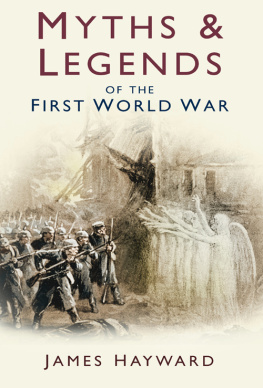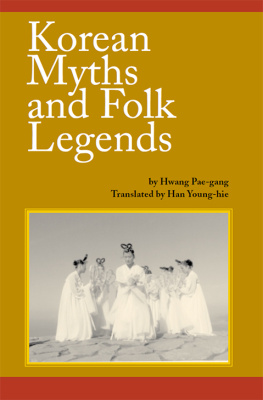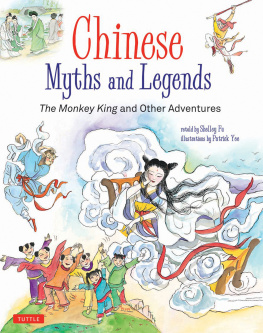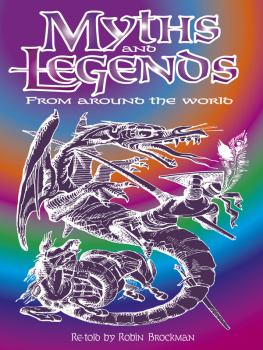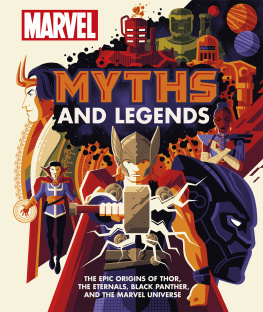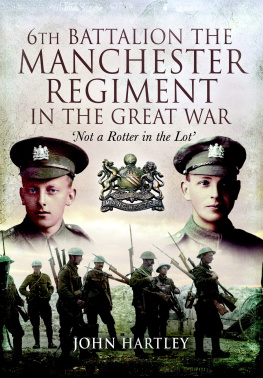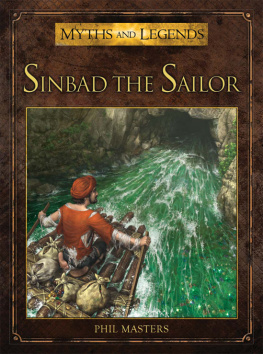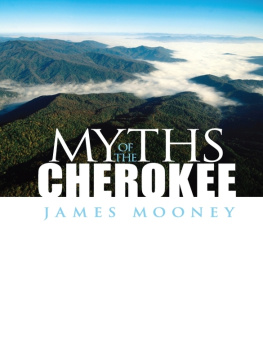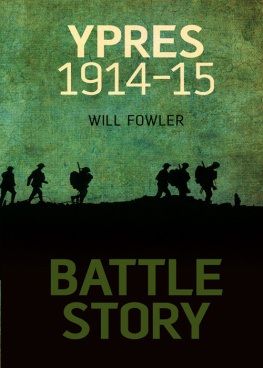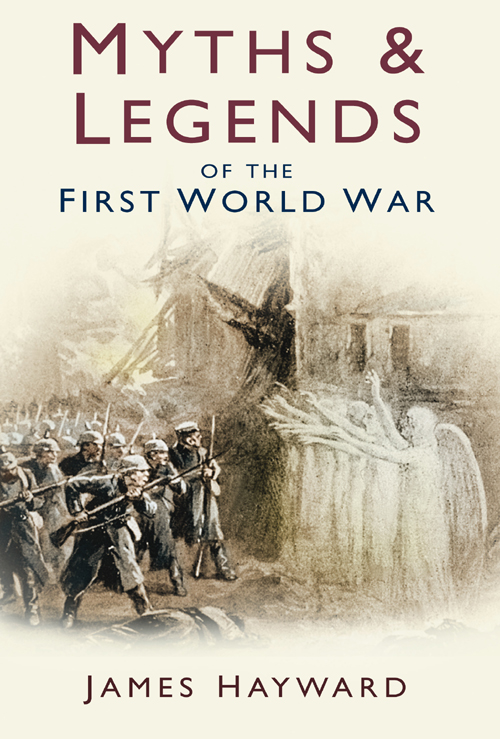MYTHS &
LEGENDS
OF THE
FIRST
WORLD
WAR
JAMES HAYWARD

Cover illustration: The Angel of Mons (Hulton Archive)
First published in 2002
This edition published in 2010
The History Press
The Mill, Brimscombe Port
Stroud, Gloucestershire, GL5 2QG
www.thehistorypress.co.uk
This ebook edition first published in 2011
All rights reserved
James Hayward, 2002, 2005, 2006, 2010, 2011
The right of James Hayward, to be identified as the Author of this work has been asserted in accordance with the Copyrights, Designs and Patents Act 1988.
This ebook is copyright material and must not be copied, reproduced, transferred, distributed, leased, licensed or publicly performed or used in any way except as specifically permitted in writing by the publishers, as allowed under the terms and conditions under which it was purchased or as strictly permitted by applicable copyright law. Any unauthorised distribution or use of this text may be a direct infringement of the authors and publishers rights, and those responsible may be liable in law accordingly.
EPUB ISBN 978 0 7524 7630 8
MOBI ISBN 978 0 7524 7629 2
Original typesetting by The History Press
Contents
Acknowledgements
The author extends particular thanks to Deborah Lake, Philip Hoare and Neil Storey, who kindly agreed to read over the text prior to publication, although any errors in the book are mine not theirs. I am also indebted to Neil Storey for his suggestions and great generosity with regard to illustrations.
Thanks are also due to all the historians and biographers on whose work I have drawn, and to Terence Burchell, Seth Feldman, Taff Gillingham, Tim Godden, Iain Overton, Trevor Pidgeon, Chantal Tremblay, Richard Townsley, Tom Tuerlinckx, John Ward (Canadian Press), John Woolsgrove and George de Zwaan (National Archives of Canada); and in addition to the following institutions: the Tank Museum, Bovington, Cambridge University Library, the National Library of Canada, the National Archives of Canada and PA News Library.
Lastly I must thank my editors Jonathan Falconer and Elizabeth Stone, and the staff at Sutton Publishing.
Although every effort has been made to establish and contact copyright holders, this has not been possible in every case. If I have omitted any individuals or organizations I offer my sincere apologies.
Introduction
In July 1917, as a million Allied troops floundered in an ocean of mud on the slopes below Passchendaele, a girl of 16 named Elsie Wright and her ten-year-old cousin Frances Griffiths took photographs of one another playing with fairies. The girls lived in Cottingley on the outskirts of Bradford, and often played together in a small wooded creek behind Elsies home. It was here, so they said, that they encountered the fairies, and captured them on film with the aid of a primitive Midg camera.
In due course news of the photographs spread further afield to cause a national sensation, and were championed by the creator of Sherlock Holmes, Sir Arthur Conan Doyle. However, the powers of deduction and logic invested in his fictional detective were nowhere apparent in his credulous dealings with the Cottingley fairies. The fact that the fairies in the first photograph had been traced from an illustration in the Princess Mary Gift Book passed unnoticed, while the modern hairstyles they sported were accepted without question. When it was pointed out that the head of a hat pin could be seen protruding from the chest of a gnome in one of the pictures, Doyle explained it as evidence of the fairy navel, and offered this as proof that the little people reproduced in the same way as humans. The fairies appeared only when the girls were alone, it was reasoned, because only they had the trust of the fairies.
Widespread belief in the reality of the images endured for another 60 years, until Wright and Griffiths finally admitted to the hoax in 1983, at the ripe old age of 82 and 76 respectively. In 1917, Elsie Wright had been earning money by colouring sepia photographs of troops and wartime scenes, and at the age of 16 displayed a marked talent for manipulating images and people far beyond her years. With the benefit of hindsight it scarcely seems credible that at the height of a war of rapidly developing technologies submarines, aircraft, tanks, chemical warfare, the internal combustion engine a sizeable percentage of the population was prepared to believe in the reality of winged little people. Then again, the myth set in motion by Elsie Wright has something in common with the equally supernatural appearance of bowmen and angels on the Retreat from Mons in 1914, and a divine white helper on the battlefields of the Western Front the following year.
The myths and legends spawned during the First World War are legion, and several still manage to excite controversy today. More colourful, if not more numerous, than those of the Second World War, they are fascinating both in their own right and when viewed in their wider historical context. In this study, the first of its kind, I have chosen to examine them in approximately chronological order. The earliest of these legends were essentially innocent in nature and intent: the Angel of Mons, the Russians in England and the Comrade in White all retailed attractive, soft propaganda at a time when the conflict was not going well for the Allies. Other early war myths, such as the Europe-wide spy mania and the reports of atrocities in Belgium, affected both sides in equal measure, and in Britain only assumed the darker hue of hate propaganda after the spring of 1915. This followed a run of German frightfulness which included the first use of poison gas on April 22nd, the sinking of the Lusitania early in May, and the mythic crucifixion of a Canadian soldier near Ypres. Perhaps the most infamous atrocity myth, which held that Germany had built a corpse rendering factory near Coblenz in order to extract useful fats from dead soldiers, was concocted by British agencies at about the same time, but not released into circulation until two years later.
While 1915 provided a bumper harvest for the myth makers, thereafter no truly new myths and legends emerged. The corpse factory falsehood of 1917 had already been on the shelf for two years, while the appearance of peace angels over the Thames at Thurrock in August of the same year was little more than an echo of the visions at Mons. The myth of the Hidden Hand, a direct ancestor of the political conspiracy theories common today, was itself an extension of a particular strand of the general spy mania, and no more rational than the stoning of dachshunds in 1914. Most of the other myths discussed in this book the charge that all British generals were butchers and bunglers, the notion that tanks won the war are postwar creations, and as such are discussed in isolation. Plainly folkloric trench tales, such as that of the elusive officer spy, or an outlaw band of deserters in No Mans Land, have little significance beyond their value as a good yarn, and are mentioned in passing rather than analysed in detail.
Myths are created, and believed, for many different reasons. The Angel of Mons and the Comrade in White contained a strong religious element, and, judging from the variants seen from the spring of 1915 onwards, were clearly promulgated by church-affiliated sources, the message being that God was on the side of the Allies and lending active support. The corollary was that the Germans were Godless and an enemy of Christianity, this being manifest in the alleged crucifixion of Belgian and French civilians in 1914 and a Canadian soldier the following year. Certain serving troops also claimed to have witnessed these various apparitions and events, but few if any were prepared to say so openly, or on oath, and therefore their accounts lack credibility. As the writer Trevor Wilson concluded in

